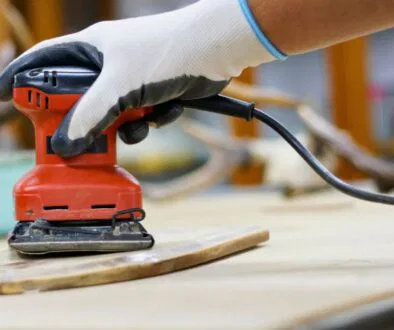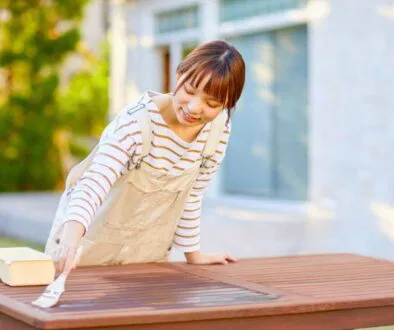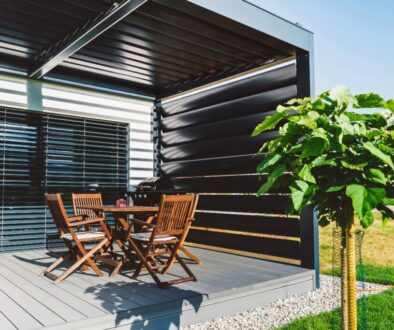The Most Popular Types Of Roof Trusses And Their Uses
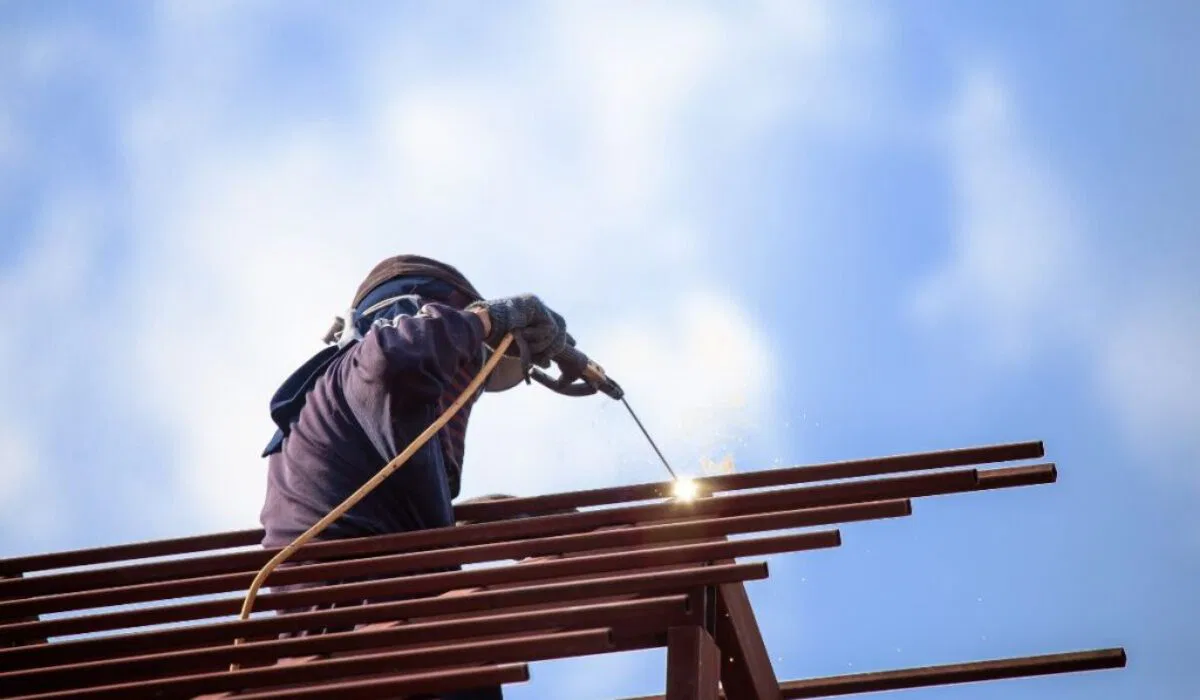
Published January 8, 2024
Constructing buildings requires a lot of work and planning. You can’t simply design a house and get right on to building it. Specific steps must be followed, and many safety requirements must be considered when building different structures.
In residential buildings, trusses are vital in maintaining the stability of the building’s roof. A lot of different types of roof trusses exist. In this article, we will discuss each one of them.
What Are Roof Trusses?
Before we get into the different types, let’s first discuss a roof truss to understand its importance better.
A roof truss is an arrangement of beams and other objects to create a sturdy roof structure. The truss acts as the skeletal system of a building’s roof to ensure it is not too flimsy and is strong enough to withstand intense weather and wind.
Different roof trusses vary depending on their size and shape. Therefore, it can be hard to distinguish which kind of truss you need. To better understand how the most common roof trusses differ, let’s have an in-depth talk about each.
How To Know What Type of Roof Truss Do You Need
Take these factors into consideration when choosing what type of roof truss you’ll build:
Shape Of Your Roof
Residential roofs in the U.S. primarily come in 3 shapes – gambrel, hip, and gable. Once you know what roof shape you want, you can tell what kind of trusses you need.
For example, a hip roof will have hip trusses. Meanwhile, a gambrel-style roof is naturally going to have gambrel roof trusses.
Type Of Ceiling
Your home’s ceiling can also indicate what kind of roof truss you should utilize.
Vaulted or pitched ceilings on the top floor of your home indicate that you have used scissor trusses. This isn’t always the case since all buildings are erected differently.
Attic Space
It’s best to go for attic trusses if you want attic space.
After all, this type of roof truss is designed for homes with room beneath the roof for storage, recreation, and a whole array of other purposes.
Types of Roof Trusses
Standard Fink
The standard fink roof truss is the most common type used in the UK for residential buildings. Such roof trusses are made of materials in a “V” shape. Imagine a zigzag pattern that starts from one side of the roof and goes to the other, firmly supporting the structure.
Aside from that, you should know that multiple derivatives of the fink roof truss exist. The most common examples of which include double fink and fan roof trusses.
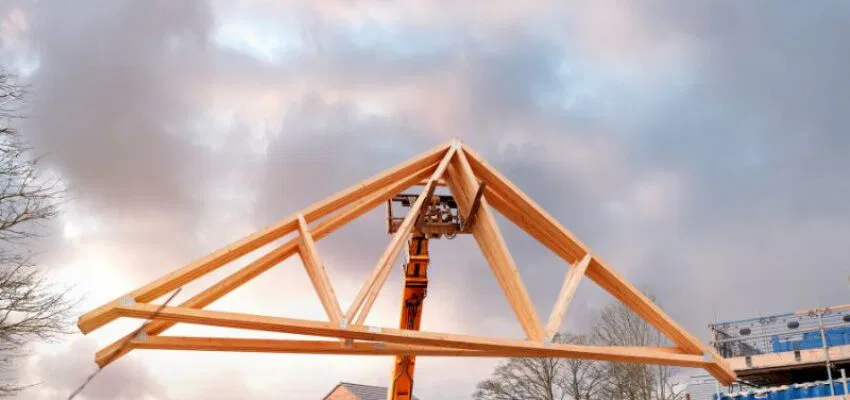
Mono
Think of an upside-down letter ‘V’ but split in the middle. These roof truss types are in the shape of a right triangle.
Mono trusses create multi-level roof lines that constructors use to add roofing to an existing structure. This type of roof truss is usually more affordable than other trusses and is used for sheds, garages, or as extensions of existing roofs. With that said mono trusses are also being built on new buildings.

Raised Tie
Raised Tie trusses are the types that form a slope in one direction only. This roof truss design offers more headroom as it features higher ceiling lines. In addition, it allows you to create a higher ceiling without raising the overall height of the house/building.
Quite interestingly, raised tie trusses can come in different designs and shapes that you can adjust to match your preferences.
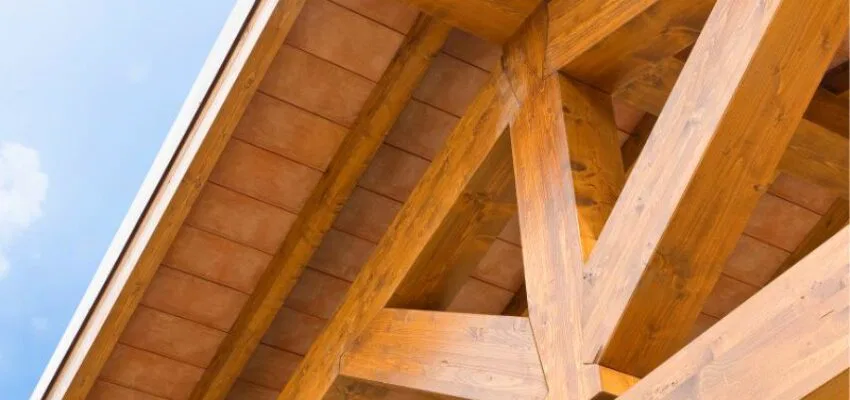
Attic
People use attic roof trusses when they want to utilize the roof area of their homes to add space and room. Attics are usually used for storage or as bedrooms. Some individuals also call this type of roof truss the “room in roof” truss because it provides lots of living space.
Attic trusses are becoming more common in households as they are a convenient way of adding more living space without having to go through rearranging your whole building plan.
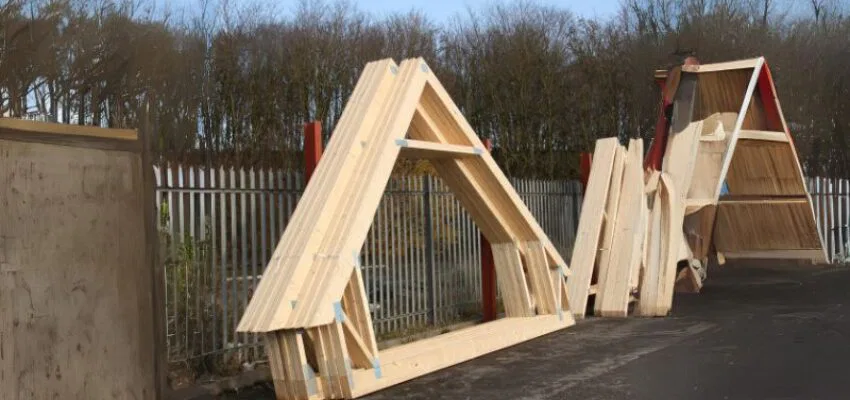
Scissor
The scissor roof truss consists of a sloping ceiling that is shallower and angled towards the outer roof pitch.
Additionally, the braces of scissor roof trusses resemble the shape of scissors, hence the name.
Such a structure gives the roof more strength, giving more flexibility to the design. This roof truss is primarily utilized for buildings that have slightly sloped ceilings.
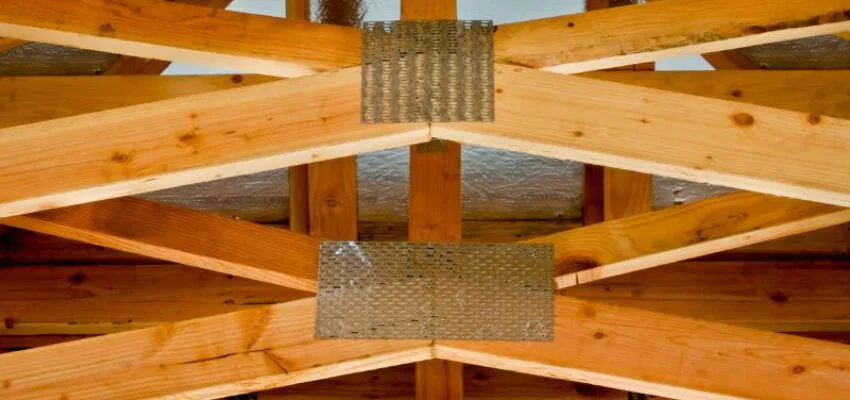
King Post
Many people say a king post is the simplest roof truss. It utilizes few materials and has a straightforward design since ancient times. Furthermore, king post roof trusses are incredibly affordable, making them the ideal choice for those on a budget.
Unfortunately, though, king post trusses have a limited span. In most instances, they measure 5 to 8 meters, making them unsuitable for large-scale roofing projects.
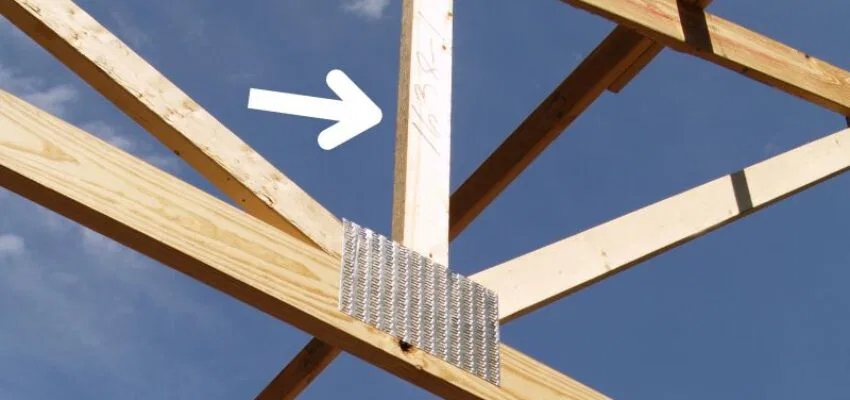
Queen Post
Queen post roof trusses are very similar to king posts. Both have simple designs, use few materials, and are incredibly cost-effective. With that said, queen post trusts require more materials to make. As a result, they’re typically more expensive than king post trusses.
Another thing that sets queen post trusses apart is their span. You see, they can measure up to 12 meters. Be that as it may, they’re still best suited for residential construction.
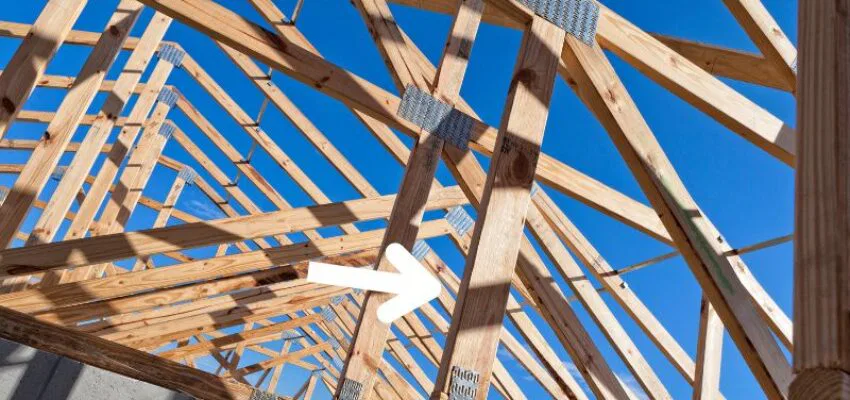
Hip
As its name alludes, hip trusses are used for creating hipped roofs. For those who don’t know, this style of roofing slopes on all sides, making it resistant to heavy rain and snow.
The one major downside of hip roof trusses is that each has to be specially engineered to ensure they have the proper slope and ridges. Don’t worry, as we can do this for you quickly.
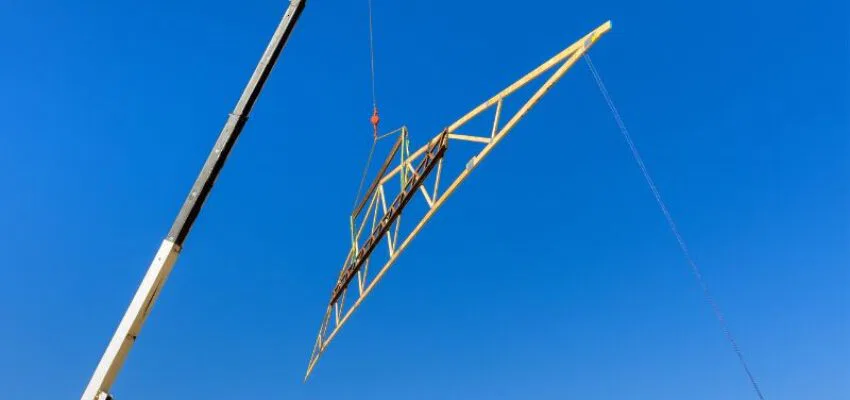
Flat
Flat roof trusses are primarily utilized for commercial buildings. However, they are sometimes used to construct homes with flat rooftops. Now, with all that said, such roof trusses are incredibly easy to design and build. However, they aren’t as aesthetically pleasing as other roof trusses.
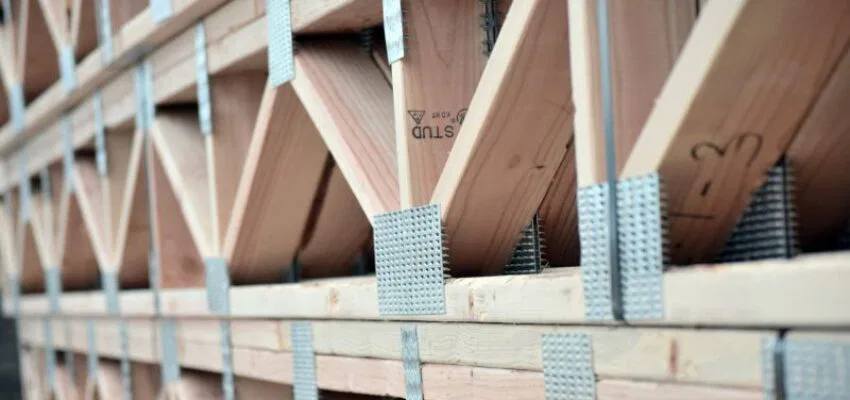
Gable
A gable truss is mainly used for residential homes with gable-style roofing. Quite interestingly, they are often used in combination with other kinds of roof trusses.
Depending on their span, gable trusses are usually 20% to 50% more expensive than your average roof truss. This is especially true if you decide to utilize quality reclaimed lumber.
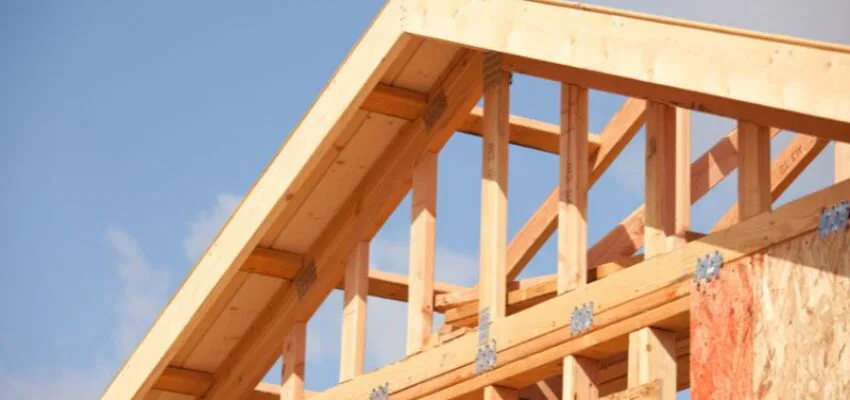
The Bottom Line
Now that we have covered the basics of the general types of roof trusses, hopefully, you can understand the difference between them better. Roof trusses are essential in building homes. For that reason, choosing the right one to utilize for framing your roof is incredibly important.
Knowing which type of truss to use for your home can help make your building plan more manageable, as you will have already covered the basic structure by then.
After creating a building design and layout, you only have to worry about the interior and other aesthetics. Building a home or any different structure is a commitment, so ensure you have all the information you need before making final decisions.
(You might also like: Is A Post Frame Home For You?)
Hire The Timber Experts For Your Next Project
Vintage & Specialty Wood should be your source of the highest quality timbers from around the world. When it comes to fabricating and installing reclaimed wood or specialty wood products in your home, we don’t cut corners. We offer many reclaimed wood and specialty wood products such as Douglas Fir, white oak, and much more. We also offer timber framing and wood flooring services as well. Contact our team today to speak to a timber expert about what Vintage & Specialty Wood can do for you.

This Blog Is Fact Checked
This content has undergone meticulous fact-checking by our team of internal experts. Gain a deeper understanding of the high editorial standards we uphold on our website here.

About The Author
Experience, exploration, and knowledge are the hallmarks of writer Rei Bayucca. Her dedication to crafting articles that both inspire and educate will leave you thinking long after you’ve finished reading.

